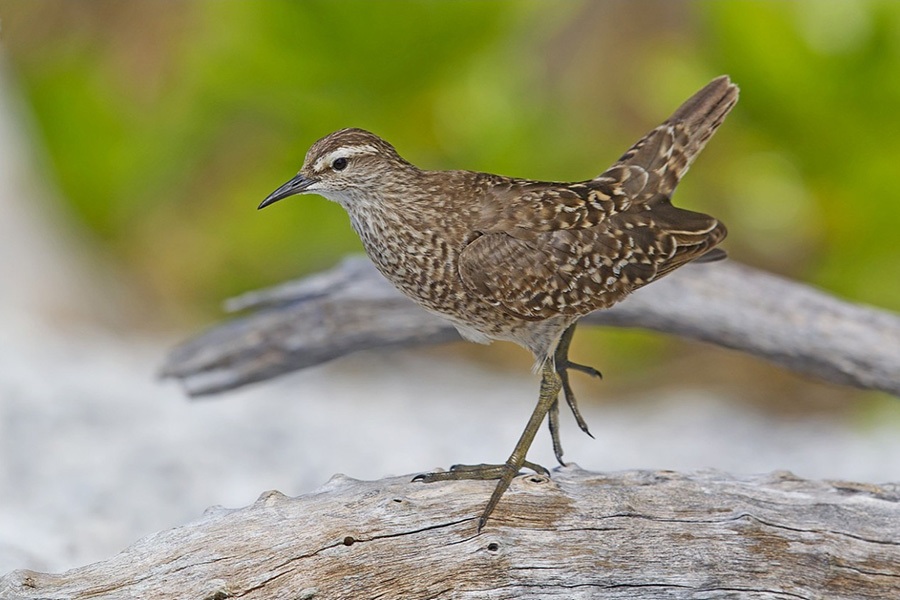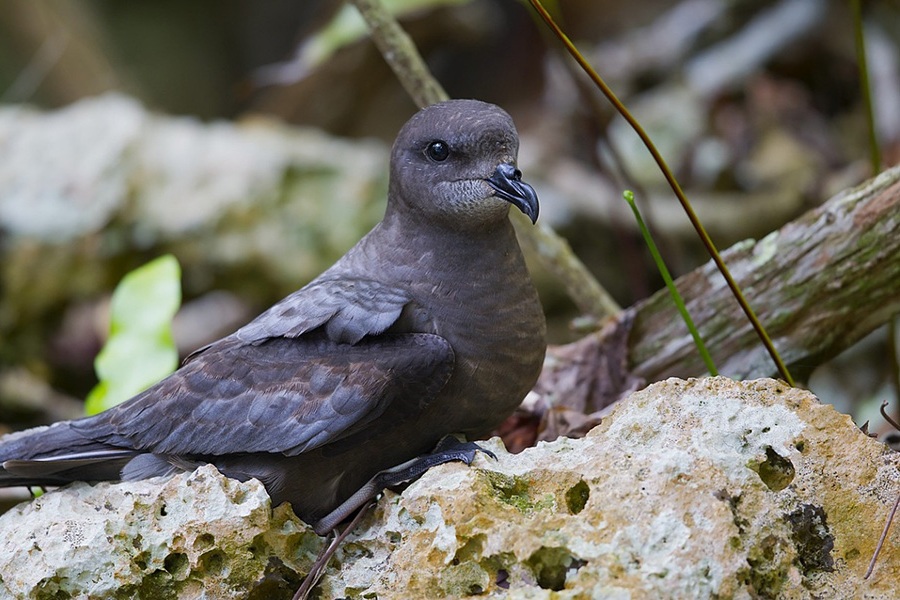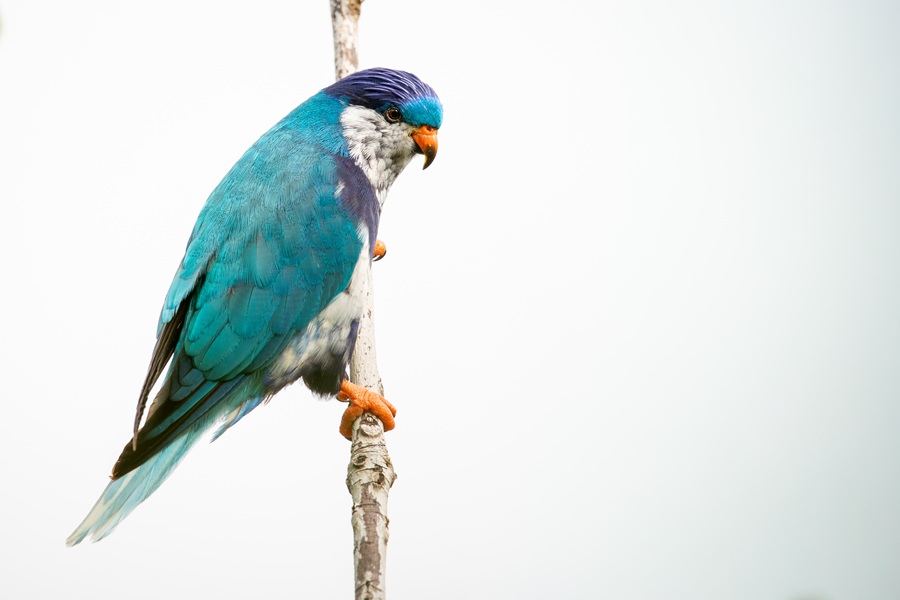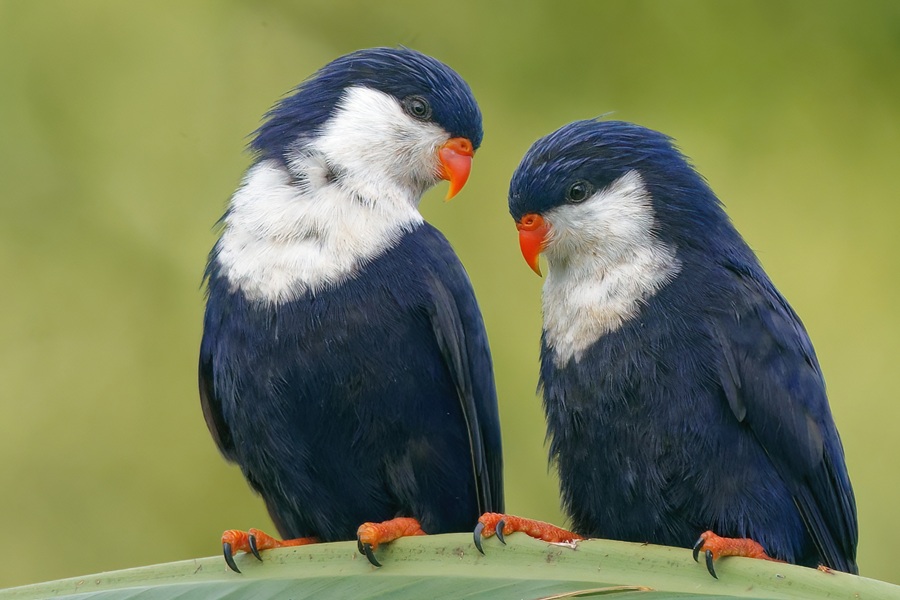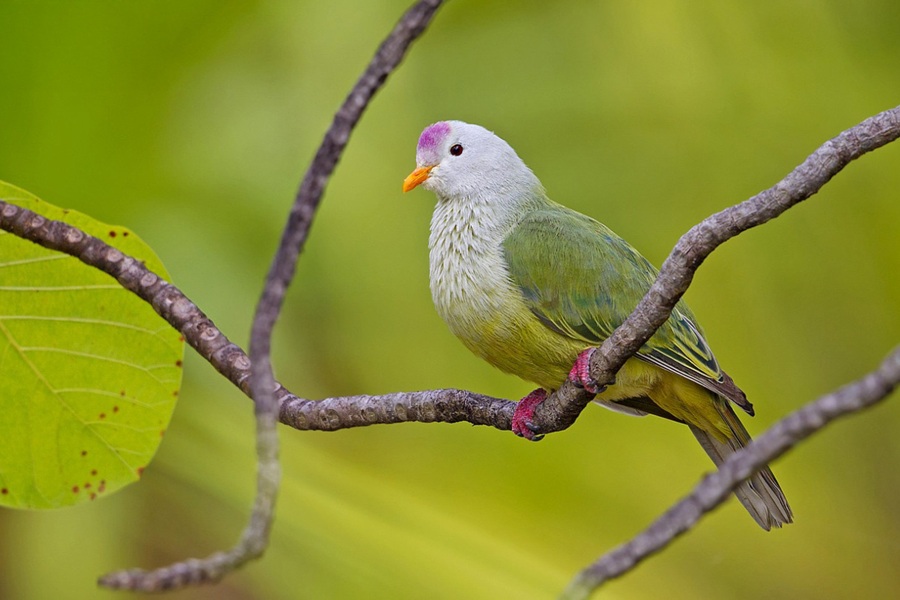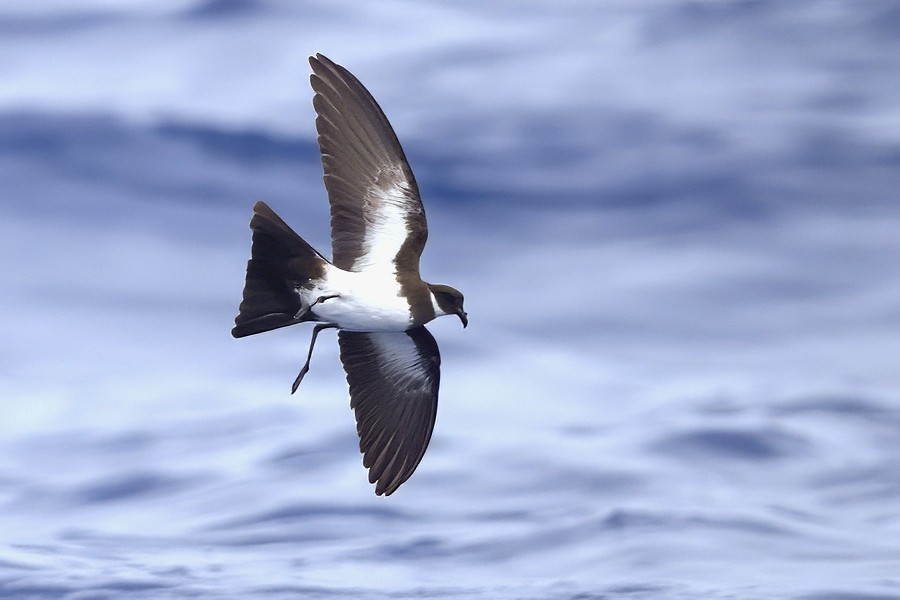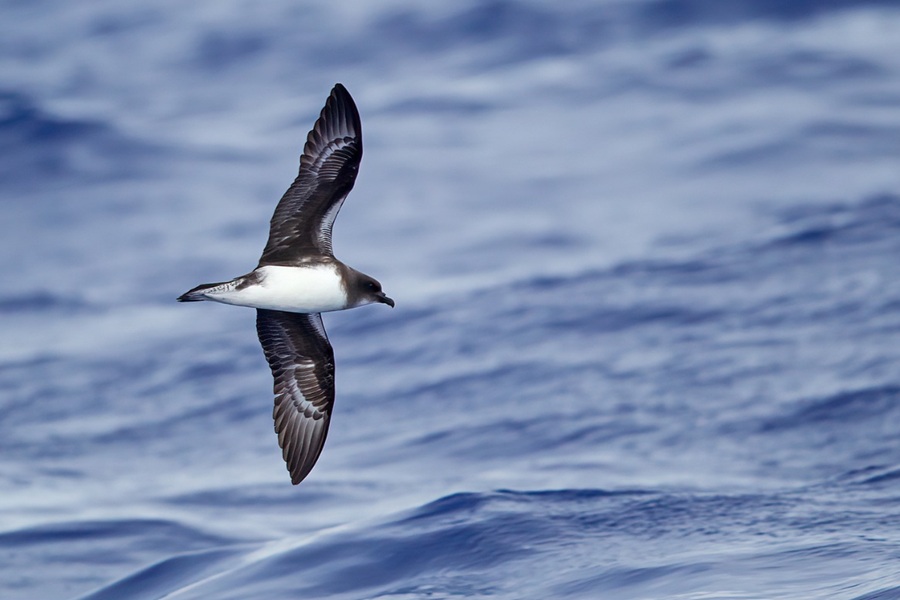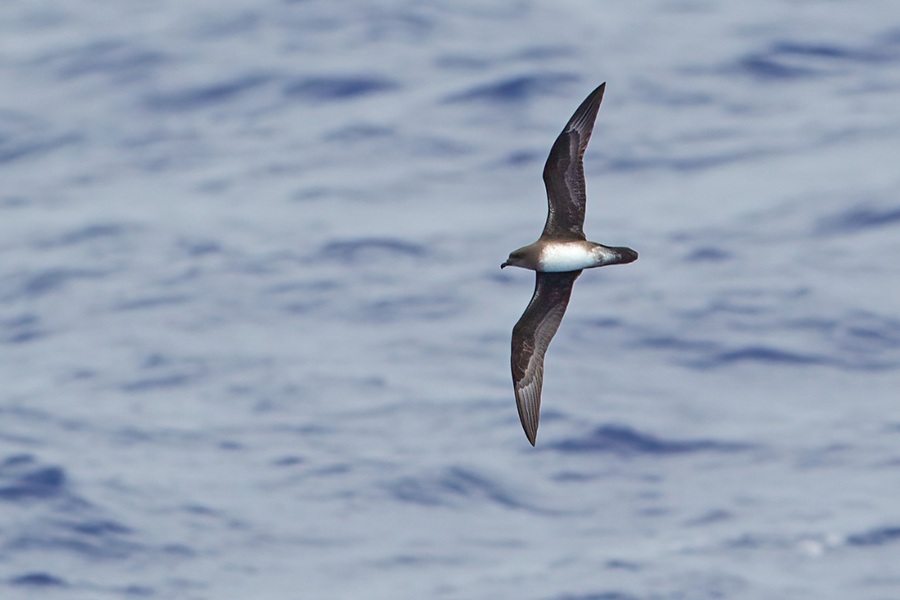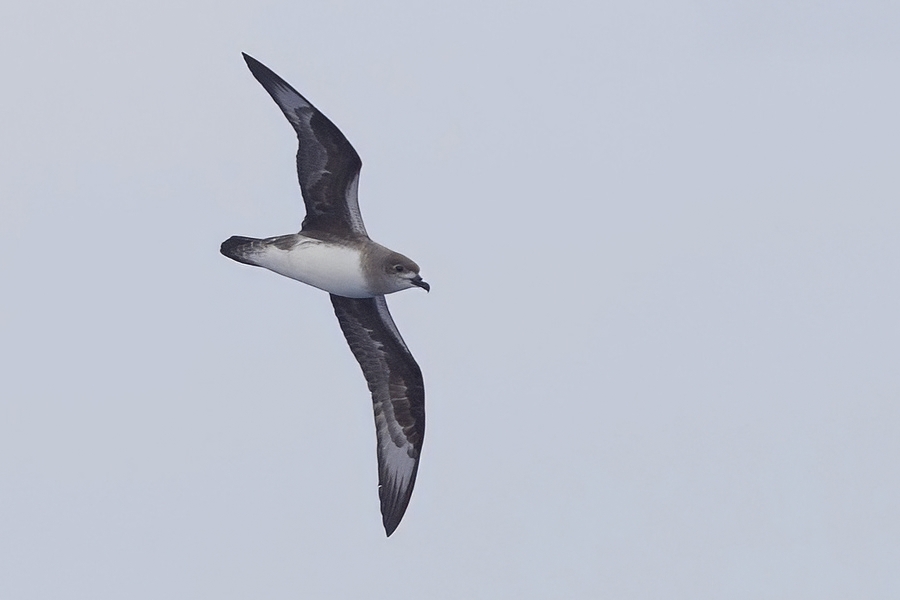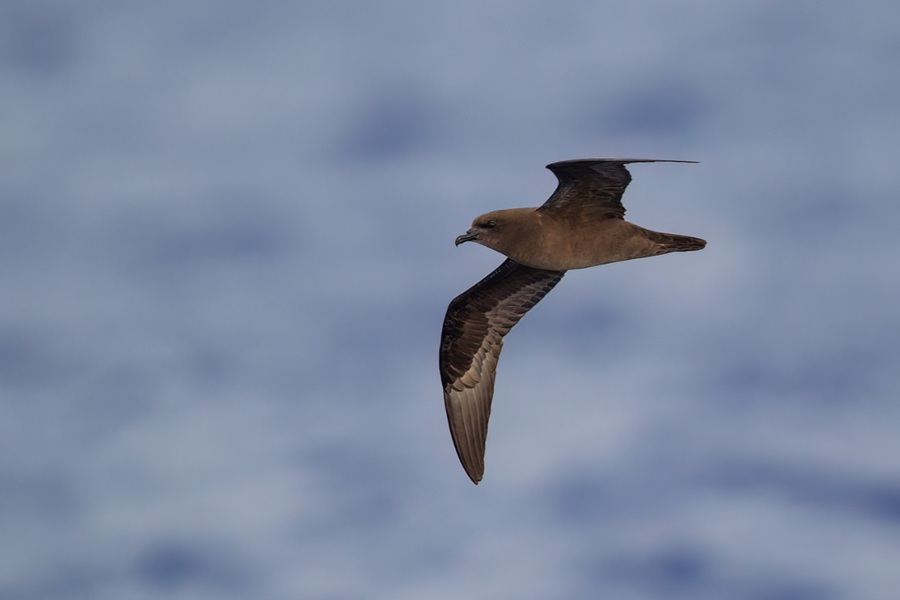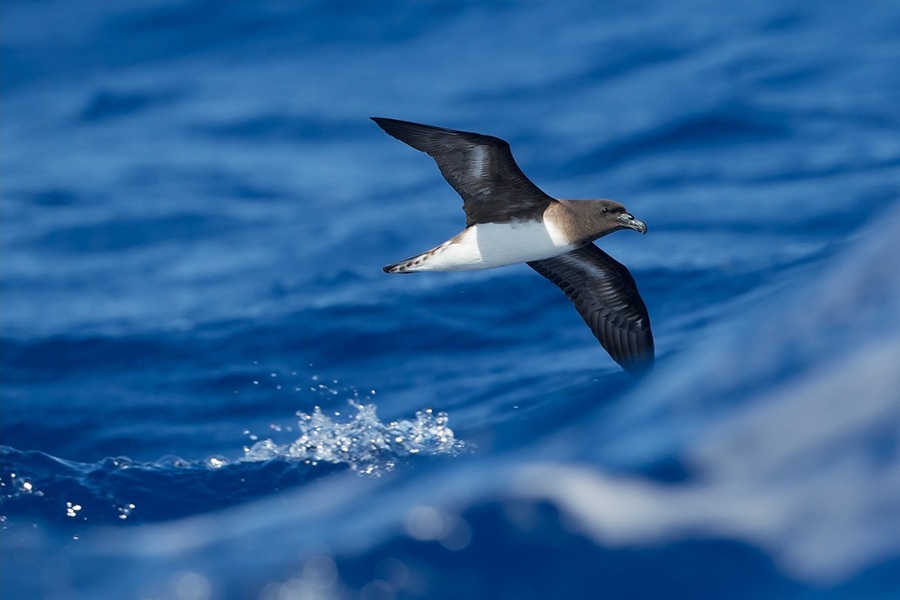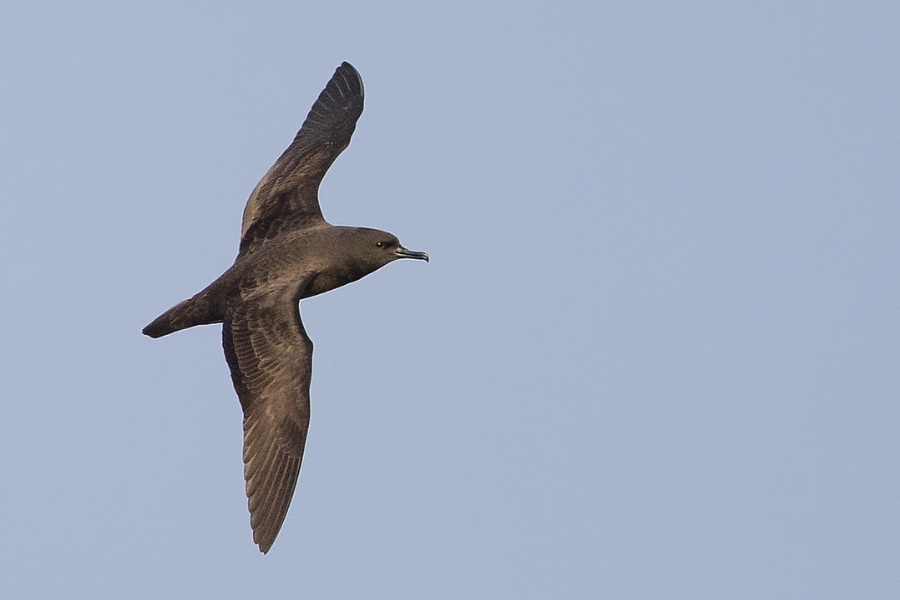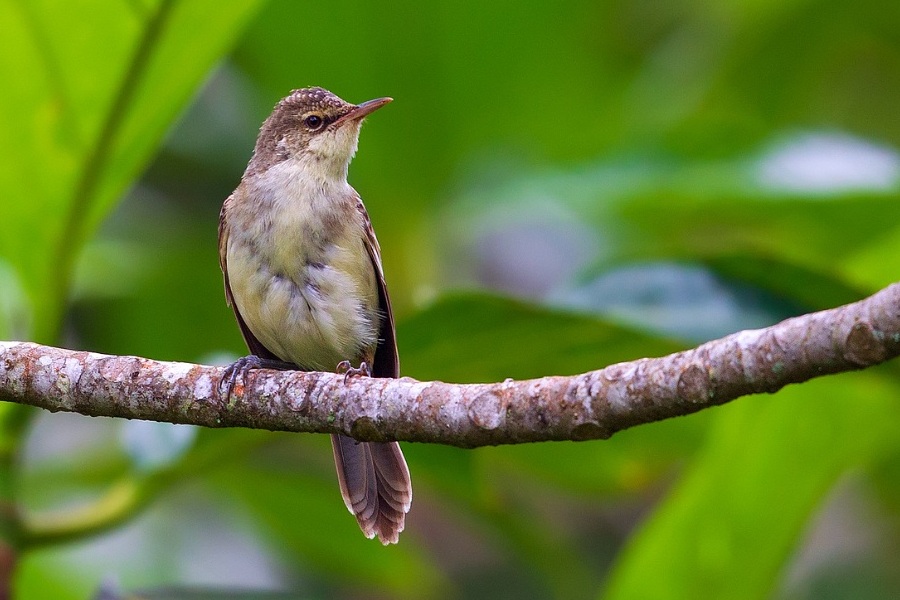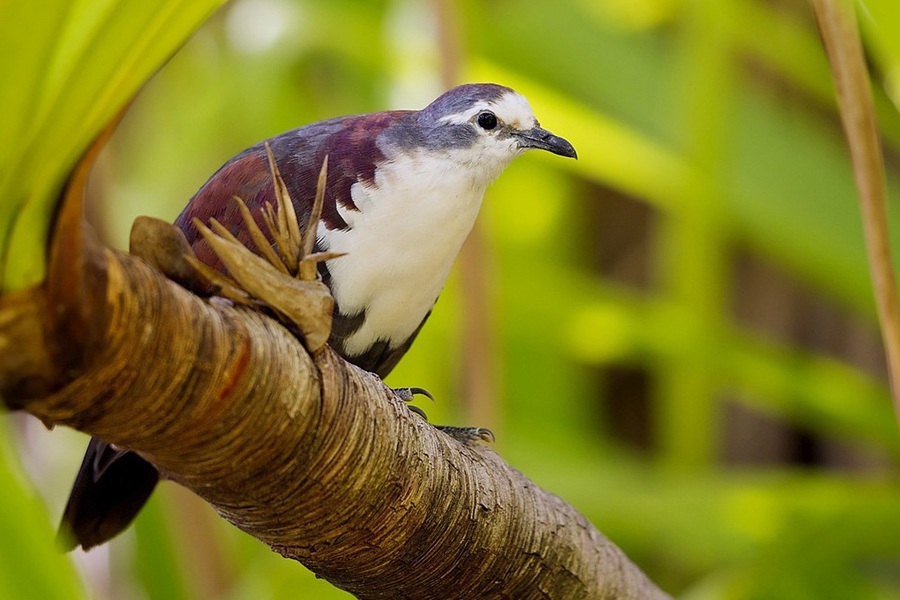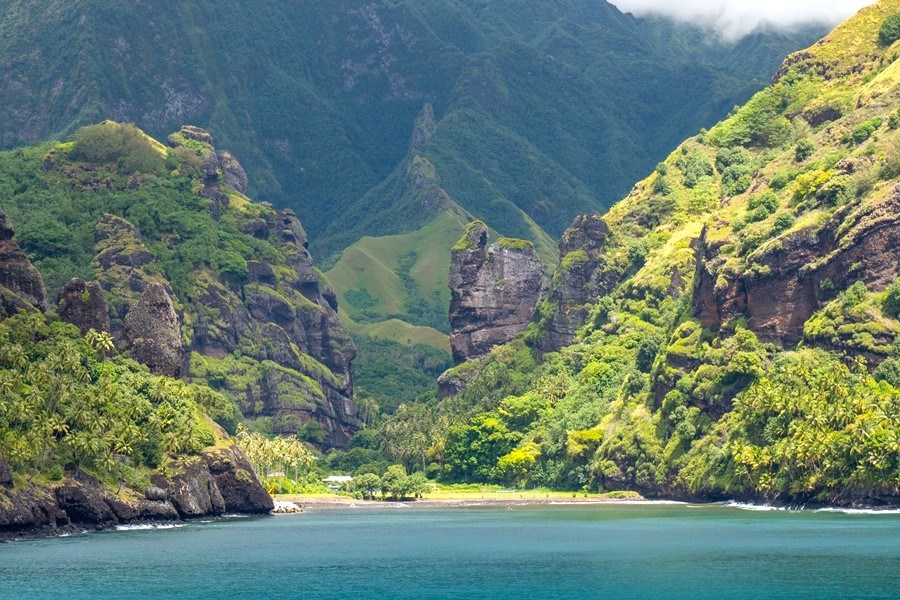Eastern Polynesia
Dream birds like Tuamotu Sandpiper, Ultramarine Lorikeet and Henderson Crake at the edge of the world! Throw in some poorly-known seabirds like Henderson Petrel, Murphy's Petrel, Phoenix Petrel, and Polynesian Storm Petrel, this is a once-in-a-lifetime expedition on the ocean! Includes all of French Polynesia (Marquesas, Society, Tahiti, Tuamotus) plus the remote outposts of Henderson and Pitcairn. We aim to target all the endemic species across the region, and there will be ample bonus opportunities for diving and snorkelling on the incredible reefs. Please register your interest to be placed on the participant list (no deposit required). Berths will be offered on a first-come-first-serve basis as soon as we confirm the exact dates.
Next Dates
1 October - 25 October 2027 (25 days)
Leaders:
Daniel López-Velasco
Group Size Limit:
20
Single Room Supplement: $
TBD
Deposit: $
TBD
Price: $
TBD
Add a Title
Leaders:
Daniel López-Velasco
Group Size Limit:
Add a Title
Single Room Supplement: $
TBD
Deposit: $
TBD
Price: $
TBD
Add a Title
Please register your interest via our contact form to be placed on the participant list (no deposit required). Berths will be offered on a first-come-first-serve basis as soon as we confirm the exact dates.
Accommodation:
Comfortable cabins aboard available vessel.
Walking difficulty:
Mostly easy, but some islands like Hatutaa and Mohotoni can be challenging to land on and require an uphill walk (1h-2h) through rocky scrub to access the interior forest.
Tour cost includes:
All accommodation, main meals, drinking water, all internal flights (as stated in itinerary), overland transport, tips to local drivers and guides, travel permits, entrance fees, and guide fees.
Tour cost excludes:
Flights before and after the tour start/end, visa, travel insurance, tips to tour leaders, laundry, drinks, and other items of a personal nature.


HENDERSON
One of the most evocatively remote and uninhabited islands on the planet, with four endemics and loads of breeding seabirds. The colourful Stephen's Lorikeet and tiny Henderson Crake are not hard to find in the coastal scrub, while Henderson Fruit Dove and Henderson Reed Warbler are positively abundant! While looking at these special birds the air will be filled with Henderson Petrel, Herald Petrel, and Kermadec Petrel, all breeding on this little slice of paradise.
TENARARO
Birders thinking about this part of the world perhaps dream of one particular species more than the rest: the charismatic Tuamotu Sandpiper. Landing on this tiny island and having dozens of these ridiculously inquisitive and evolutionarily unique shorebirds run up to you is an experience never to be forgotten. This is also one of the last places where Polynesian Ground Dove can still be seen, while seabirds will again ply the skies.
OENO
Oeno is yet another tubenose colony, where species like Murphy’s Petrel and Christmas Shearwater breed and can be seen waddling around on the sand as we explore the island. In nearby waters, we will also be watching for Phoenix Petrel and perhaps the scarce "Titan" White-bellied Storm Petrel, making some chumming stops to specifically photograph these specialties at sea.
PITCAIRN
A truly remote island (often declared the most remote inhabited island in the world) with a fascinating history and one single endemic bird: Pitcairn Reed Warbler.
MANGAREVA
While there are no land birds to find here, the superb Polynesian Storm Petrel breeds and can be seen in good numbers, along with Christmas Shearwater. Hopefully some chumming will produce close encounters with both. On the open ocean nearby, there is another chance to find the rare "Titan" White-bellied Storm Petrel, which breeds on Rapa Island far to the south.
NIAU
This small atoll is the last remaining place where Tuamotu Kingfisher is found (once split as Niau Kingfisher from the extinct Mangareva Kingfisher). The lovely Atoll Fruit Dove is common here, while the seas are laden with Tahiti Petrel.
RANGIROA
The largest coral atoll in the world, here the magnificent Blue Lorikeet is in good numbers. Other specialites are Grey-backed Tern, Bristle-thighed Curlew, Tuamotu Reed Warbler.
MAKATEA
A large rocky island hosting many breeding seabirds, we should see Tropical Shearwater offshore. The land attractions are Makatea Fruit Dove and Polynesian Imperial Pigeon, the latter sadly also an endemic now that it has been extirpated from other islands in the region.
BORA BORA
The isolated Leeward Islands have one endemic: Raiatea Fruit Dove. We can also see Chattering Kingfisher here, which is otherwise only found in the Cook Islands further to the south-west. On the open ocean, we may chance across Collared Petrel amongst the abundant Tahiti Petrel.
TAHITI / MOOREA
The hub of the Society Islands, where we will look for Grey-green Fruit Dove, Society Kingfisher, Tahiti Swallow, Tahiti Reed Warbler, and the Critically Endangered Tahiti Monarch. We may have a chance to visit the adjacent island of Moorea for the sometimes-split "Moorea" Society Kingfisher.
FATU HIVA / MOHOTONI / TAHUATA
Trio of islands making up the southern French Marquesas, these endemics to find here are Marquesan Kingfisher, Marquesan Monarch, the Critically Endangered still-declining Fatu Hiva Monarch, and of course Southern Marquesan Reed Warbler. The newly-split Little White Tern (endemic to the Marquesas) is abundant here.
UA-HUKA
Holding a jewel which is perhaps more beautiful than any other in the entire Pacific: the incomparable Ultramarine Lorikeet. Here we can also see Iphis Monarch, similarly endemic to the island.
HATUTAA
This uninhabited rocky islet hosts the only remaining population of Marquesan Ground Dove, but it is not always possible to land if the swell is large. We will do our best! There is a large breeding colong of Bulwer's Petrel here, and we will certainly see some zipping across the ocean nearby.
NUKU HIVA
The largest island in the French Marquesas, with largest endemic: Marquesan Imperial Pigeon. We will also see Marquesan Swiftlet, White-capped Fruit Dove, and Northern Marquesan Reed Warbler.
DIVING / SNORKELLING
Eastern Polynesia has some of the most phenomenal reefs in the world, with almost zero degradation due to human activities at many of the uninhabited islands we plan to visit. There will be ample time on many days during our cruise to jump in the water and explore the amazing underwater ecosystems, and we may even be lucky enough to find some Giant Manta Ray.

